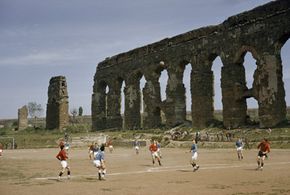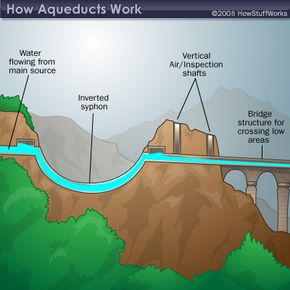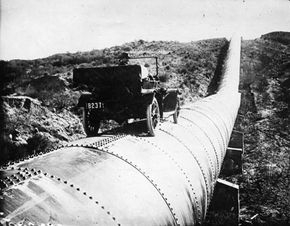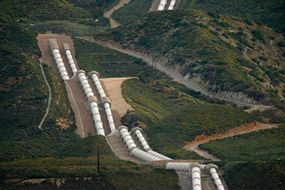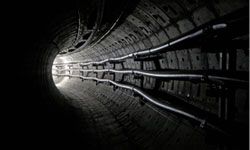If a citizen of ancient Rome were brought back from the long dead, he could very well feel comfortable in Los Angeles -- language barriers aside. The similarities are numerous: a culture of financial and Bacchanalian excess; a relatively successful mingling of cultures, ethnicities and races; a supposed "everyman" democracy that facilitates porn stars and washed-up child actors running for governor. But perhaps the most direct link between ancient Rome and Los Angeles is the infrastructure that makes up what may be the most crucial city utility: the water system.
Thousands of years before aqueducts showed up in L.A. to support an exponential rate of population growth, engineers in ancient Rome were constructing a similar system to support a city of more than 1 million people. And they built the brilliant system for the same reason L.A. did: The water supply in the immediate vicinity simply was not enough to provide water for everybody.
Advertisement
In the case of Rome, the Tiber River was the city's original water supply. But ancient Rome put a premium on cleanliness and abundance, and the Tiber couldn't provide enough for the entire population. At the height of Rome, the city supplied water not only to the private homes of the wealthy and to the homes of peasants if they could afford the charge, but also to an impressive collection of public baths, fountains (where the peasants who couldn't afford the fee could get their water) and public toilets complete with sinks.
To supply the water required by this uniquely clean ancient civilization, Rome's engineers did the equivalent of trucking water in. Only the delivery system was far more elegant. The aqueducts of ancient Rome, which carried water into the city from sources outside of town, were powered entirely by gravity.
In principle, aqueducts are simple: Start at higher ground, at an abundant water source, and send it downhill into a main water-distribution center some distance away. But in practice, aqueducts are considerably more complex, considering the varying natural gradients of the land.
How did Rome's engineers conquer the contours of the landscape? On the next page, we'll take a look at how aqueducts were constructed thousand of years ago.
Advertisement
